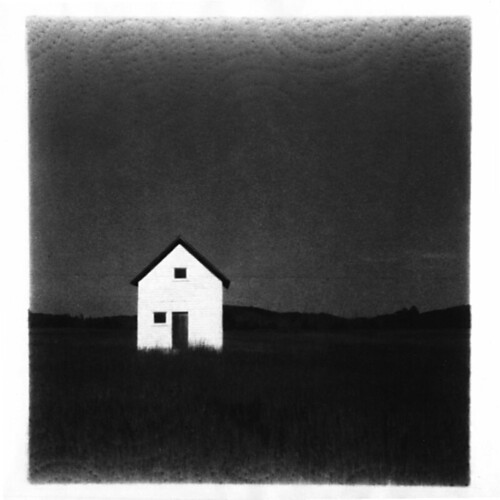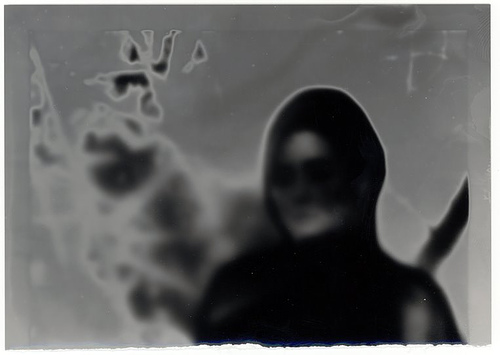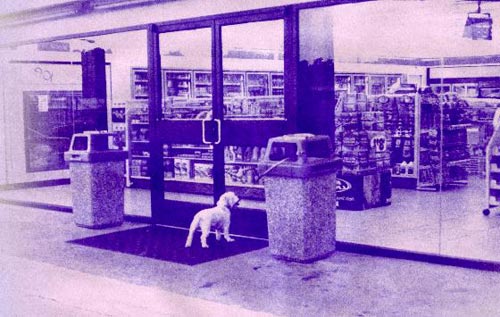It’s coming back, maybe in August [2008]! ADOX says:
The Emulsions for this paper are being produced on the original Agfa machinery which ADOX purchased together with former Agfa engineers from the liquidator of AgfaPhoto in Leverkusen.
They are identical in all measurable parameters with the papers formerly sold by Agfa under the “Agfa Multicontrast Classic” name.
This paper is among the technologically most advanced papers in the world. With its four separately made emulsions which are coated together it yields a range of achievable contrasts from 0 to 5,5. Other variable contrast papers, especially those with only one emulsion layer, reach at the outermost grade 4…
Continue reading at ADOX’s product page
Via Tom Persinger


